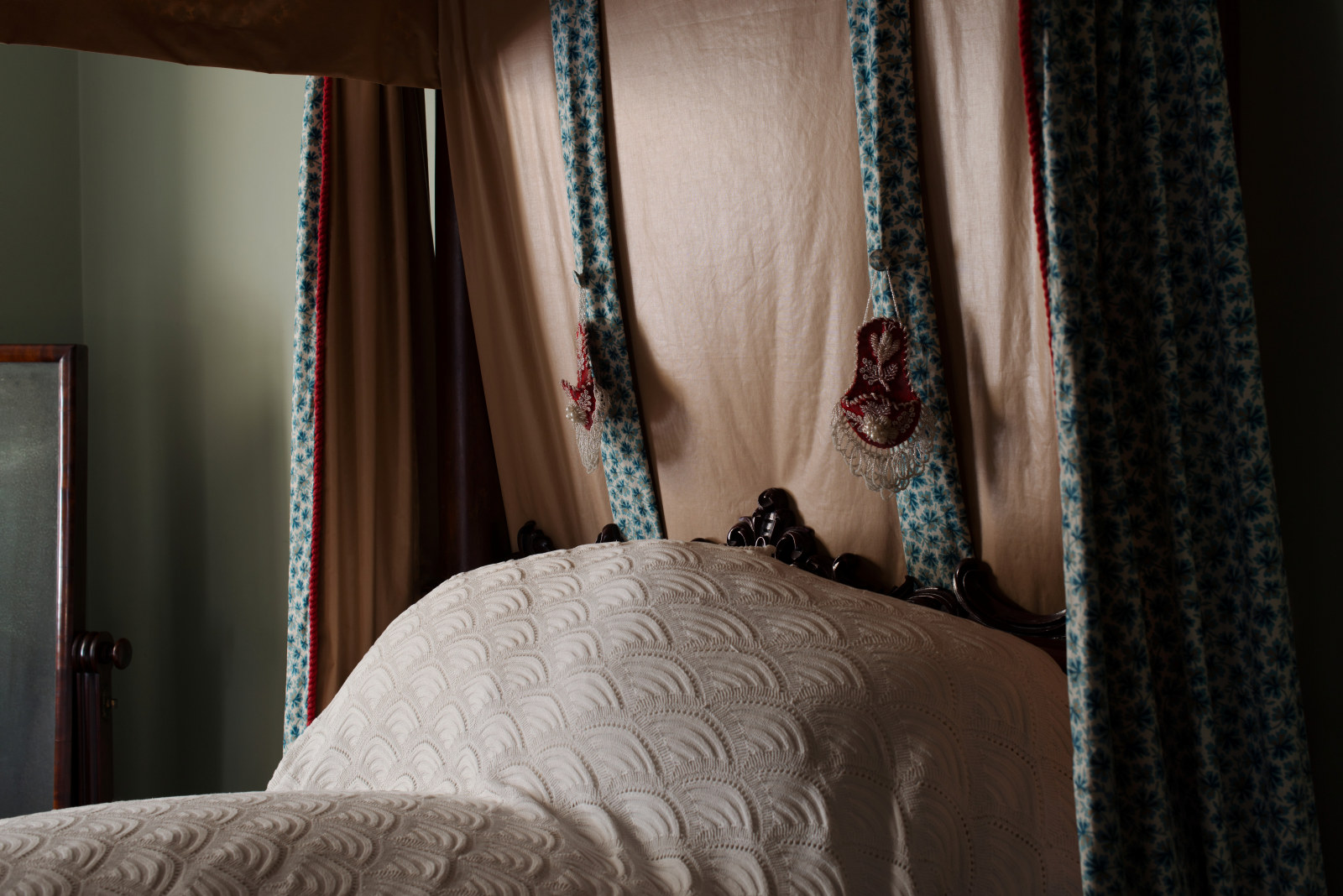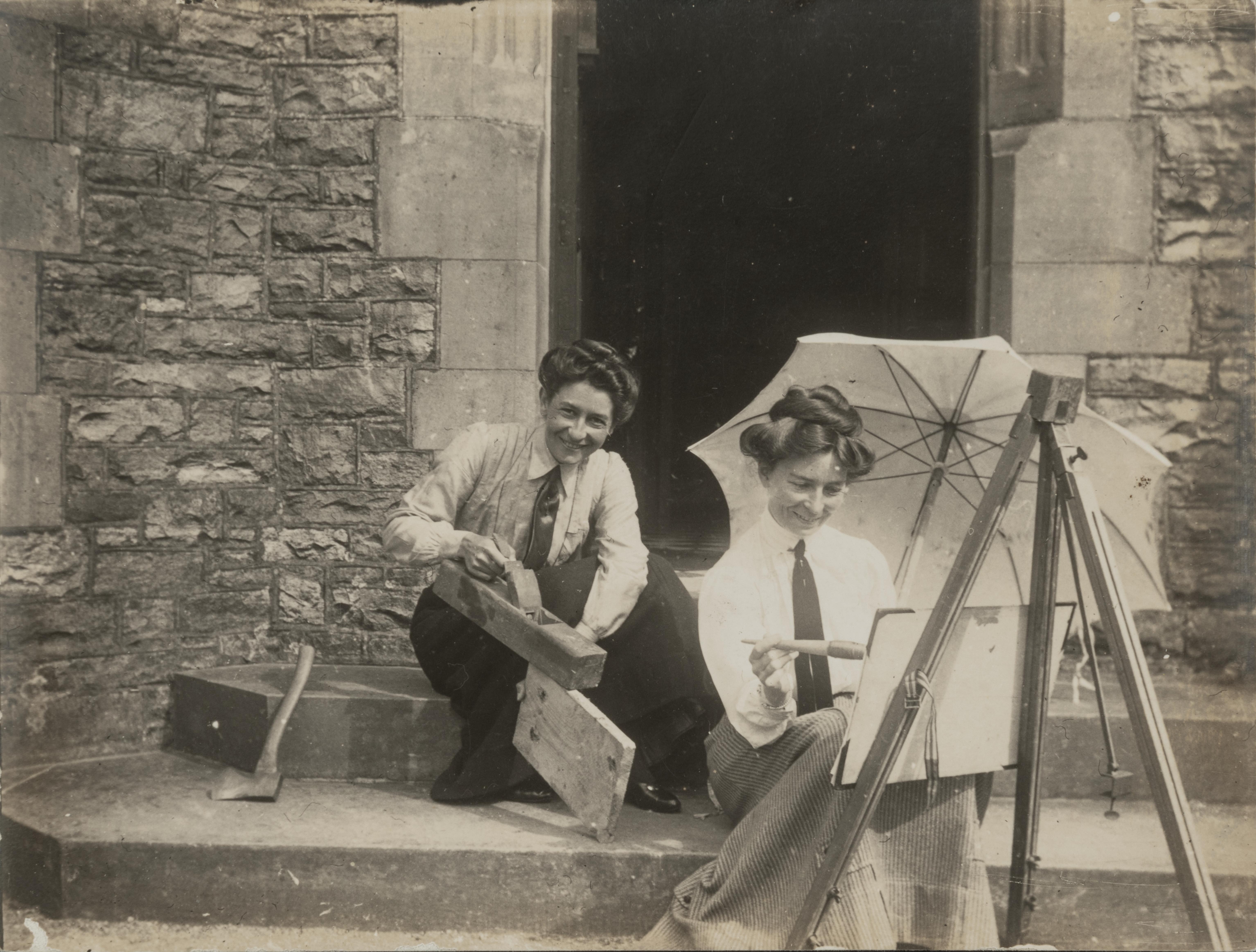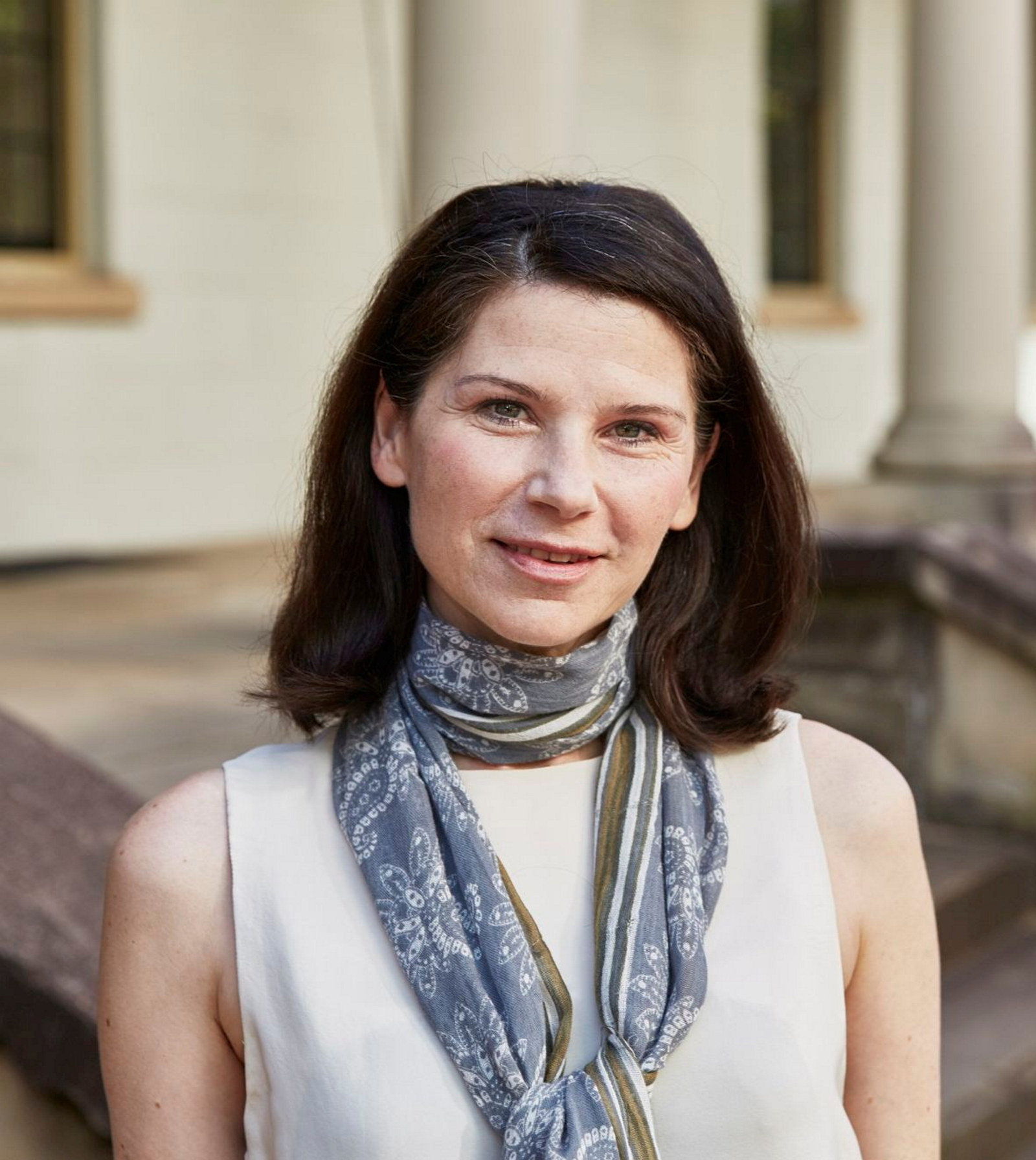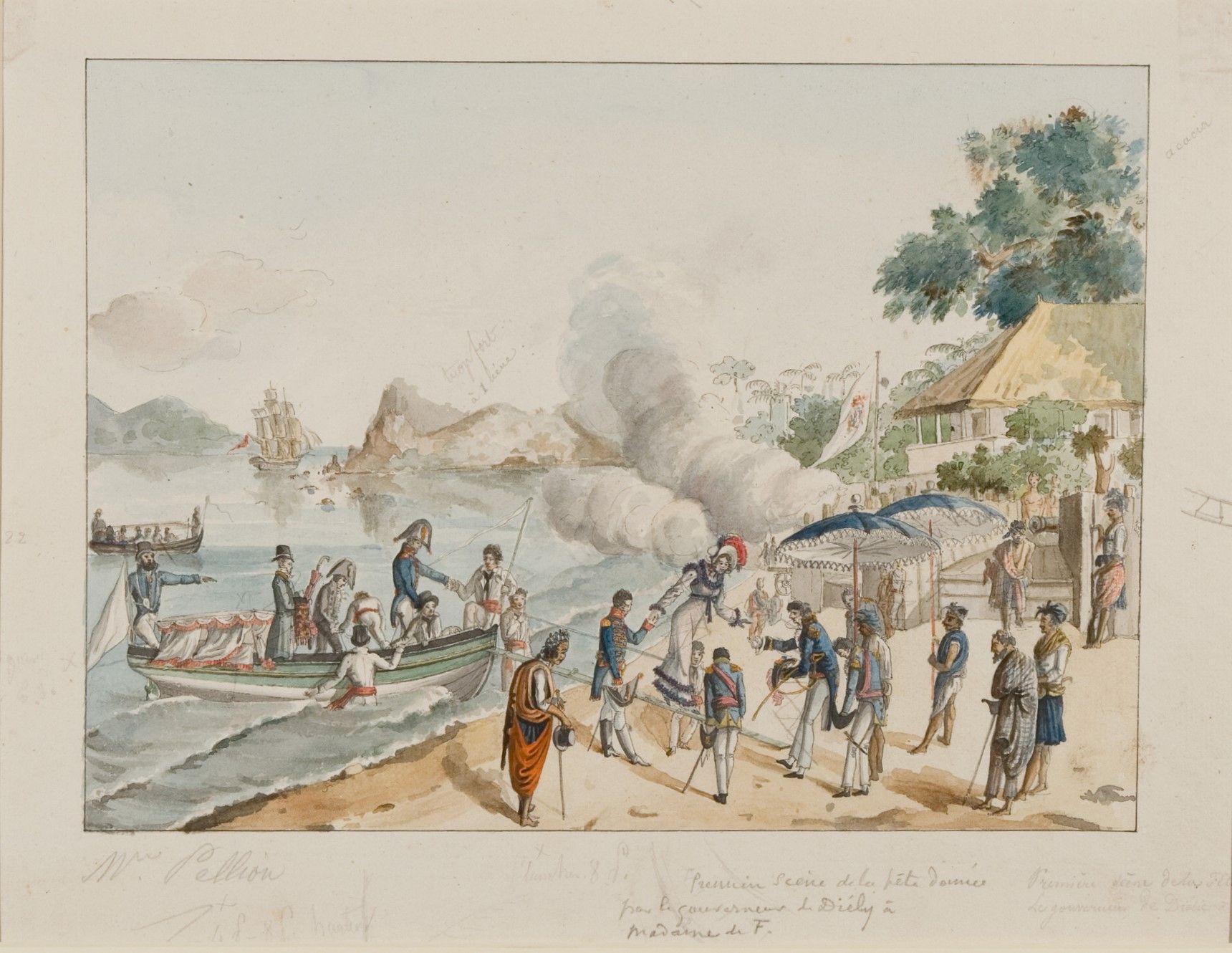Wallangra 'Art Silk' Cushion
This cushion comes from the homestead of Wallangra Station, a cattle-fattening and wool-growing property built around 1875 in Warialda, on the Northern Tablelands of NSW.
The cushion was used in the living room at the homestead and is typical of soft furnishings used in Australian homes in the 1920s and 1930s. It has been made from a silk-like synthetic fibre developed in the 1890s from cellulose. Known as viscose, and later rayon, these fabrics were marketed as ‘Art Silk’. Fabrics such as art silks, taffetas and sateens were commonly used for this style of cushion cover, which gave them a luxurious look and feel.
During the inter-war years of the 1920s and 30s, the simpler lines of modern design dictated a fashion for more understated soft furnishings than those of the previous century. In the 19th century, comfort was often sacrificed in preference to embellishments that showcased the artistic handcrafts of the women who made them. Cushions of the 1920s and 30s were considered sleek and modern by comparison and tended to be larger, plainer and much softer in nature. Examples like this one from Wallangra featured high ruched, or pleated, walls and employed shape, colour, prints or weaves as decorative elements. Similar cushions appeared in Australian Home Beautiful and other popular home decorating magazines, which were prominent components of women’s consumer culture of the day.
Wallangra homestead
Wallangra Station was occupied by the Black family from 1899 to 2001. The property encompassed much of the Warialda district (the Gwydir) and was originally staffed by convicts permitted to seek employment within the district, via issue of a document of parole known as a ‘ticket-of-leave’. In 1876 the then owner of Wallangra, W.J. Russell, entered into partnership with neighbour John Richard Black (1832-1913). Black later purchased the property on Russell’s death. Black’s youngest son Richard Alfred (1879-1961) moved to Wallangra from Queensland to take possession of the property in 1921. He lived there with his wife Matilda and their son John Richard Black (b.1913).
The below image shows Wallangra homestead as illustrated in: Pastoral Review, Pastoral Homes of Australia, vol.III, The Pastoral Review Pty Ltd, Sydney, 1931, p.237. For more information, see the library catalogue.
Sitting room, Wallangra
Wallangra Station was one of the estates covered in Pastoral Homes of Australia: volume III in 1931, a publication recording the homes, interiors, people, livestock and businesses of large rural properties in Australia. This cushion can be seen on the sitting room chair in the foreground of this photograph.
The sitting room at Wallangra homestead as illustrated below in: Pastoral Homes of Australia, vol.III, The Pastoral Review Pty Ltd, Sydney, 1931, p.237. For more information, see the library catalogue.
Published on
Related

Watch pockets
Watch pockets hung on the head cloth of a four-post bedstead and originally served in place of bedside tables, which were uncommon in the 19th century

Wall to wall: a marvellous wallpaper collection
A remarkable donation of over 3000 wallpaper samples by John and Phyllis Murphy adds to our existing collection to form Australia’s largest repository of historic wallpapers

Queering the Interior: London, New York, Sydney, 1882–1929
Design practices of five figures from queer history: Irish playwright and poet Oscar Wilde, American actress and interior designer Elsie de Wolfe, and Australian artists Eirene Mort, Roy de Maistre and Adrian Feint (1894–1971)

